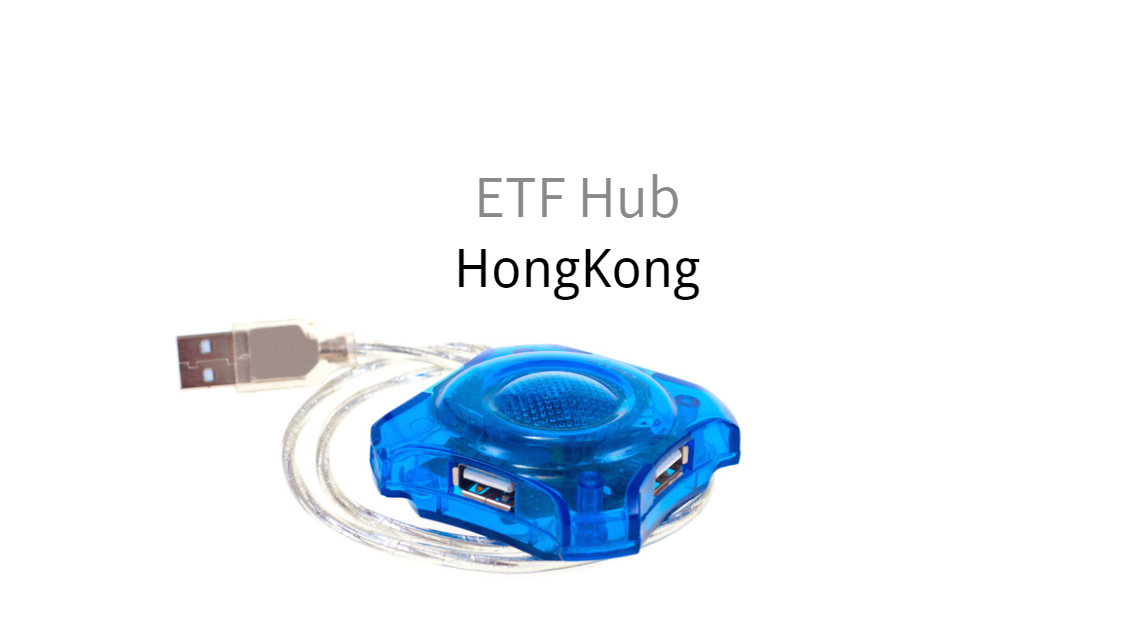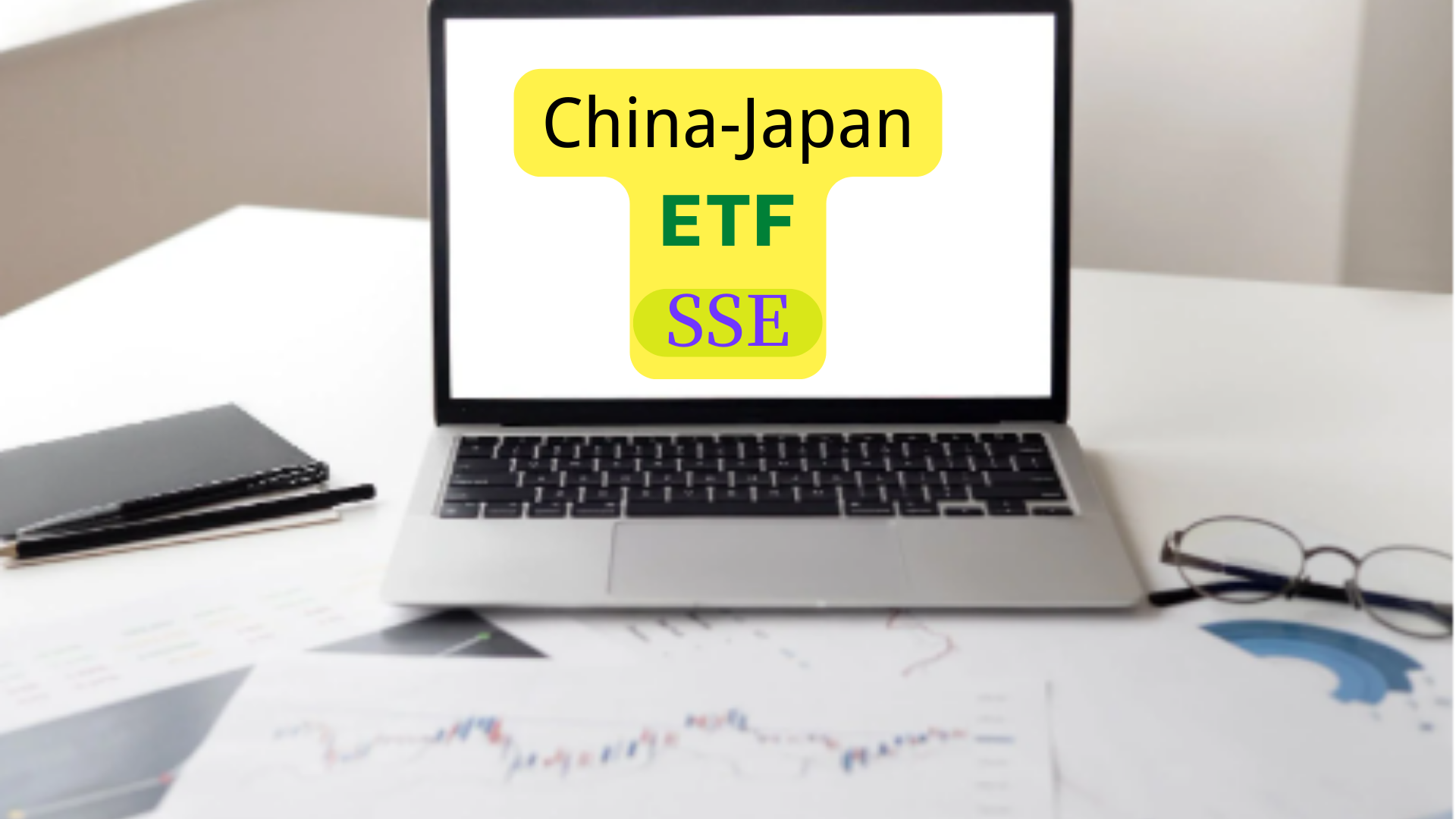SSE ETFs See Continuous Inflows, Highlighting Obvious Investment Value
Table 1 Top ETFs by net inflows (from October 10 to October 19)
| Code | Securities abbreviation | Net inflow(RMB 100 million) |
| 513180 | China AMC Hang Seng TECH ETF | 28.88 |
| 510050 | China AMC SSE 50 ETF | 26.46 |
| 510500 | Southern Asset Management CSI 500 ETF | 18.53 |
| 510300 | Huatai PineBridge CSI 300 ETF | 8.69 |
| 513010 | E Fund Hang Seng TECH ETF | 7.81 |
| 515790 | Huatai PineBridge CSI Photovoltaic Industry ETF | 7.80 |
| 588000 | China AMC SSE STAR 50 ETF | 6.78 |
| 510310 | E Fund CSI 300 ETF | 6.53 |
| 512690 | Penghua CSI Alcohol ETF | 6.07 |
| 512010 | E Fund CSI 300 Healthcare ETF | 5.96 |
This trend is also evident in terms of the change in scale. Since October 10, the scale of Southern Asset Management CSI 500 ETF has increased by nearly 4 billion yuan, and the scale of Hang Seng TECH ETF and STAR 50 ETF has increased by 2.38 billion yuan and 2.13 billion yuan respectively. Most of the biggest ETFs on the Shanghai market achieved further growth in scale. With high-quality liquidity and multi-tiered product lines, SSE ETFs provide investors with plenty of allocation options in market situations where individual stock trends are difficult to judge, and are increasingly recognized by investors.
Table 2 Top 10 SSE ETFs by growth of market cap (from October 10 to October 19)
| Code↑ | Securities abbreviation | Latest market cap (RMB 100 million) | Growth scale (RMB 100 million) |
| 510500 | Southern CSI 500 ETF | 425.14 | 39.12 |
| 513180 | China AMC Hang Seng TECH ETF | 127.50 | 23.75 |
| 588000 | China AMC SSE STAR 50 ETF | 303.84 | 21.27 |
| 512010 | E Fund CSI 300 Healthcare ETF | 124.40 | 17.47 |
| 512170 | Huabao CSI Healthcare ETF | 169.93 | 17.21 |
| 515790 | Huatai PineBridge CSI Photovoltaic Industry ETF | 142.92 | 16.68 |
| 515030 | China AMC CSI New Energy Vehicle ETF | 100.62 | 9.68 |
| 510050 | China AMC SSE 50 ETF | 618.40 | 9.58 |
| 512660 | Guotai CSI Military ETF | 113.01 | 9.26 |
| 513060 | Bosera Hang Seng Healthcare ETF | 51.78 | 9.21 |
From the perspective of trading activity, the trading of SSE ETFs has been highly active. In addition to money market ETFs, dozens of SSE ETFs, including HFT CSI Short-Term Financing ETF, Huatai PineBridge CSI 300 ETF, China AMC SSE 50ETF, and Southern CSI 1000 ETF, reached an average daily turnover of more than 1 billion yuan during this time period, while the Short-Term Financing ETF is way ahead with an average daily turnover of 4.4 billion yuan. The liquidity of SSE ETFs continues to improve.
Table 3 SSE ETFs with an average daily turnover of more than RMB 1 billion (from October 10 to October 19)
| Code↑ | Securities abbreviation | Latest market cap (RMB 100 million) | Average daily turnover (RMB 100 million) |
| 511990 | Huabao Cash Benefit A | 1629.65 | 163.09 |
| 511880 | Yinhua Trading Currency A | 1362.19 | 101.16 |
| 511360 | HFT CSI Short-Term Financing ETF | 160.54 | 44.09 |
| 511850 | China Merchants Fortune Treasure E | 128.72 | 23.07 |
| 510300 | Huatai PineBridge CSI 300 ETF | 517.08 | 17.54 |
| 513180 | China AMC Hang Seng TECH ETF | 127.50 | 15.70 |
| 510050 | China AMC SSE 50ETF | 618.40 | 15.67 |
| 512100 | Southern CSI 1000 ETF | 102.27 | 14.51 |
| 513330 | China AMC Hang Seng Internet Technology Industry ETF | 205.13 | 13.96 |
| 513050 | E Fund CSI Overseas China Internet Industry ETF | 329.77 | 13.57 |
| 560010 | GF CSI 1000 ETF | 62.55 | 12.82 |
| 511660 | CCB Cash Benefit H | 228.59 | 11.53 |
| 510500 | Southern CSI 500 ETF | 425.14 | 10.68 |
According to the ETF Industry Development Report 2022 published by the Shanghai Stock Exchange, the domestic ETF market experienced exponential growth in 2021, reaching new highs in product scale and development speed. The number of accounts participating in ETF trading on the Shanghai Stock Exchange during the year exceeded 11.5 million, and investors' enthusiasm for participation continued to rise. Some investors trade ETFs rather than stocks, which reflects an obvious investment preference for ETFs. ETFs enjoy various advantages, which make them an important tool for domestic investors in long-term asset allocation.
The first is risk diversification. ETFs closely track the underlying index, and through a package of diversified investments, they eliminate the problem of stock selection for investors, and effectively diversifies risks for investors and avoids the risks of individual stocks which could be "black swans". The second is low cost. The management fee of ETF is significantly lower than that of actively managed funds and OTC open-ended index funds. At present, the management fee of many broad-based ETFs is only 0.15%, and the trading fee of ETF is exempt from the 0.1% stamp duty. The trading cost of buying and selling ETF can be 50% lower than that of trading stocks, and the trading cost is significantly lower than that of the subscription and redemption costs of OTC funds. The third is efficiency and transparency. ETFs track indices, have highly transparent positions, and disclose the PCF list daily, which is not affected by the individual style of fund managers, also eliminating worries about the ability and moral hazard of fund managers. The fourth is self-adjustment. Indices usually have a set of mechanisms for removing old stocks and including new stocks. Through the regular sample adjustment mechanism, it is guaranteed that the index will always represent the trend of excellent assets in the market.
With the rapid development of the domestic ETF market in recent years, ETFs have played an increasingly important role in serving the real economy and contributing to inclusive finance. The SSE ETFs continue to make breakthroughs, with greater product variety and continuous optimization of mechanism design. They not only act as a stabilizer during market fluctuations, but also promote the improvement of resource allocation, providing investors with more diversified and precise tools for asset allocation. In the future, with the improvement of the effectiveness of China's capital market, the advantages of index investment will be further highlighted. ETFs will play a more critical role in meeting people's wealth management needs and promoting long-term investment and value investment.




















































First, please LoginComment After ~